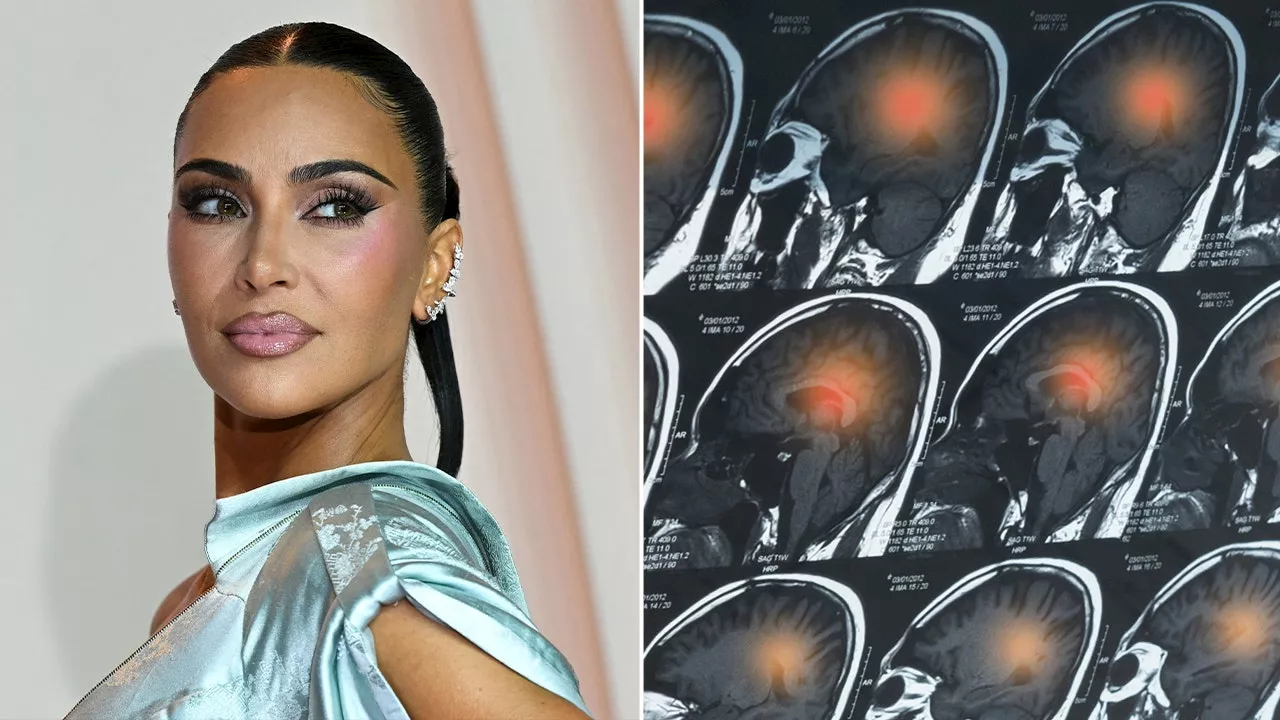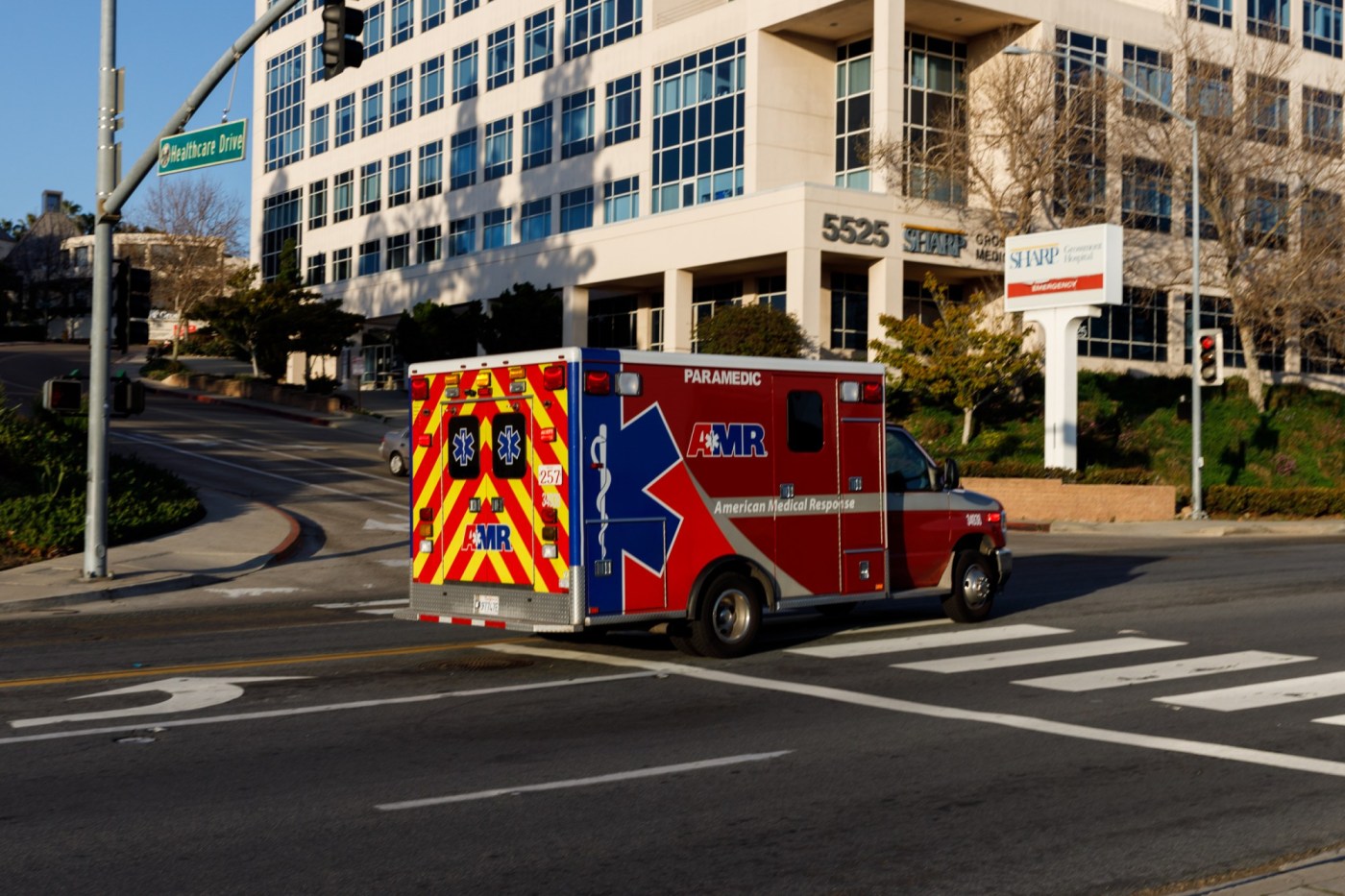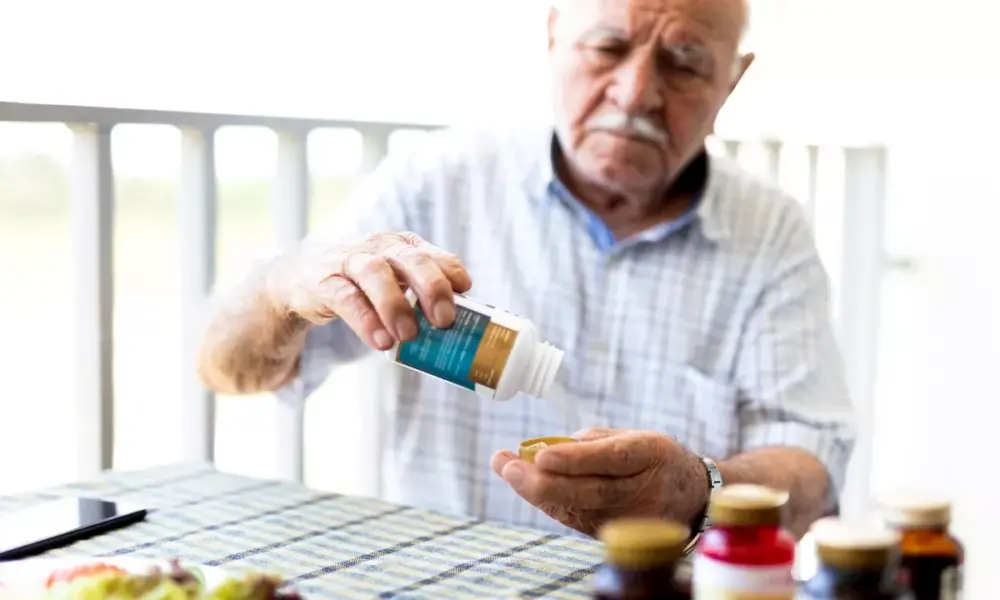Kim Kardashian has shared her diagnosis of a brain aneurysm, an announcement that has sparked an important discussion about the condition’s causes, symptoms, and potential treatments. The reality television star and founder of Skims revealed the news during a preview clip for Season 7 of Hulu’s “The Kardashians.” The diagnosis, made during an MRI scan, has raised awareness about the significance of early detection and management of this potentially serious health issue.
During the announcement, which aired in March 2024, Kardashian, aged 45, mentioned that her doctors considered stress as a possible contributing factor to her condition. However, the exact cause of her aneurysm remains unclear. The revelation has prompted experts, including Dr. Adam Arthur, chairman of neurosurgery at the University of Tennessee, to explain the nature of brain aneurysms and the importance of being vigilant regarding symptoms.
A brain aneurysm is characterized by the ballooning or weakening of a blood vessel in the brain. Dr. Arthur described this condition as similar to a small water balloon forming on a hose. While many aneurysms are small and do not cause immediate harm, the risk of rupture can lead to a hemorrhagic stroke, which can result in significant long-term consequences or even death.
Women are reportedly at a higher risk for developing brain aneurysms, possibly due to genetic factors. Notably, the presence of an aneurysm does not always require treatment. In some cases, early detection, as seen with Kardashian, enables medical professionals to implement interventions aimed at preventing a stroke. Dr. Arthur emphasized the value of early diagnosis, which can lead to either minimally invasive surgical procedures or careful monitoring of smaller aneurysms.
Several lifestyle factors can increase the likelihood of developing an aneurysm. These include binge drinking, exposure to nicotine, and the use of certain drugs such as cocaine and methamphetamine. These substances are known to adversely affect blood vessel health, potentially leading to aneurysm growth or rupture. Chronic stress may also play a role, highlighting the need for attention to lifestyle choices such as diet, exercise, and sleep.
Moreover, family history is a significant factor in understanding individual risk. Screening exams, including MRIs, are recommended for individuals who have two close relatives with a history of aneurysms. Treatment options vary based on the size and location of the aneurysm, with approaches ranging from minimally invasive interventions to open surgery tailored to the patient’s specific circumstances.
The potential for brain aneurysms to cause disability underscores the necessity for greater awareness and proactive healthcare practices. Prompt medical attention and appropriate treatment can greatly improve outcomes, making it essential for individuals experiencing symptoms to consult a healthcare provider without delay.
Kardashian’s revelation has not only brought attention to her personal health journey but also to the broader implications of brain aneurysms, encouraging conversations about the importance of understanding this serious medical condition. As the public reflects on her experience, it serves as a reminder of the need for vigilance regarding health issues that can affect anyone.







